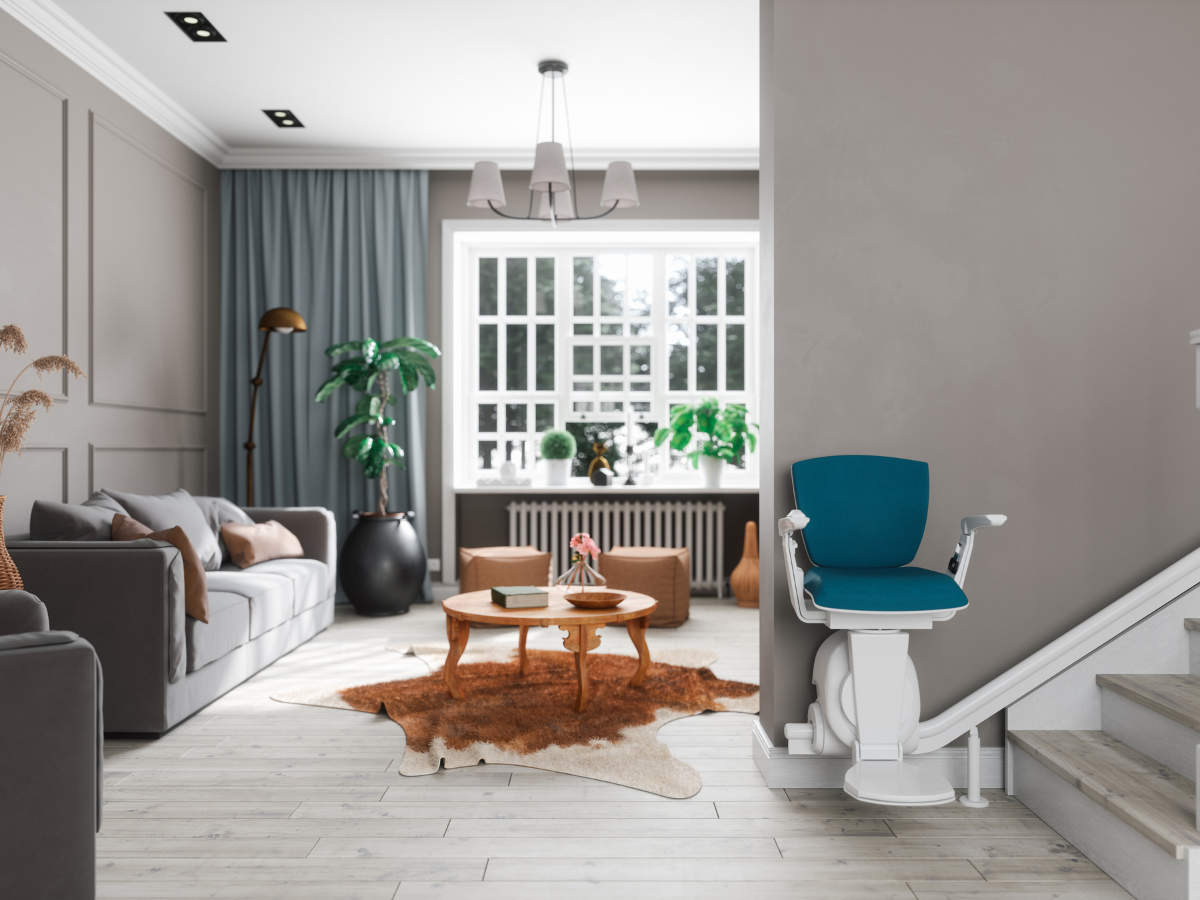Ways to make aging in place more safe:
The term “aging in place” is commonly used to describe when an elderly person continues to live in the comforts of his/her own family home. The term, however, can more accurately be explained as a situation in which an older adult has access to services to both health and social supports, allowing him/her to safely and independently at home for as long as possible.
As a caregiver and/or family member, there are many steps you can take to create a safe aging in place situation for your elderly loved one.
Pay special attention to the bathroom and the kitchen areas.
If, for some odd reason, you were ever tasked with choosing only two rooms of the house that can be safeguarded, select the bathroom and the kitchen. Both rooms are known for their slippery surfaces and hazardous elements. Naturally, with running water made available in both rooms, wet conditions can result. These, of course, create slipping and falling hazards. As well, you want to protect your elderly loved one against excess heat and sharp objects.
“Bathrooms and kitchens have two things in common: hard floors and water,” reports Meghan Wentland on BobVila.com, “Bathtubs, showers, and bathroom floors should have nonslip or textured surfaces that keep floors from getting slick when they’re wet. This can be accomplished by installing no-slip strips to the floor and adding grab bars to the walls of the tub or shower to provide a secure handhold when stepping out of the shower.”
Protect against fires.
It goes without saying that the last thing you want happening in your home is a fire. This is especially true when one of its inhabitants is a slow-moving senior citizen. Check your smoke detectors to ensure that they are in good working order. Follow the recommendations for battery replacements so that you’re never unsure of whether or not the detectors are operational. It’s also wise to practice fire drills with the family, focusing on how to assist your aging parent.
“To protect against fires, change the batteries in smoke and carbon monoxide detectors twice a year,” advises Closing the Gap Healthcare, “Make sure to remove damaged or frayed electric cords and remove candles as they can cause fires if left burning and unattended. In the event of a fire, remember to stay low when exiting your home (this reduces chances of smoke inhalation) and to ‘stop, drop and roll’ if clothes ignite.”
Prevent carbon monoxide poisoning.
In addition to smoke detectors, your home should be equipped with carbon monoxide detectors. The tasteless, odourless gas is known as “the silent killer” because of its inability to be detected by human senses. Sadly, there are more than 300 CO-related deaths and more than 200 CO-related hospitalizations per year in Canada.
“Make sure there is a carbon monoxide detector near all bedrooms and test it to make sure it’s working,” insists Closing the Gap Healthcare, “Carbon monoxide is a deadly gas that you cannot see or smell, so it’s important to have a functioning carbon monoxide detector. Also remember to practice medicine safety by having your medicine labels printed largely, taking them in a well-lit room and storing and disposing of them safely.”
At Advantage Home Health Solutions, we’re committed to helping seniors enjoy the safety of their homes. Please don’t hesitate to contact us to find out how we can help with that! To learn all about our mobility devices and home accessibility renovations, call us at 403-460-5438. You may also email us by filling out the form on our Contact page!



